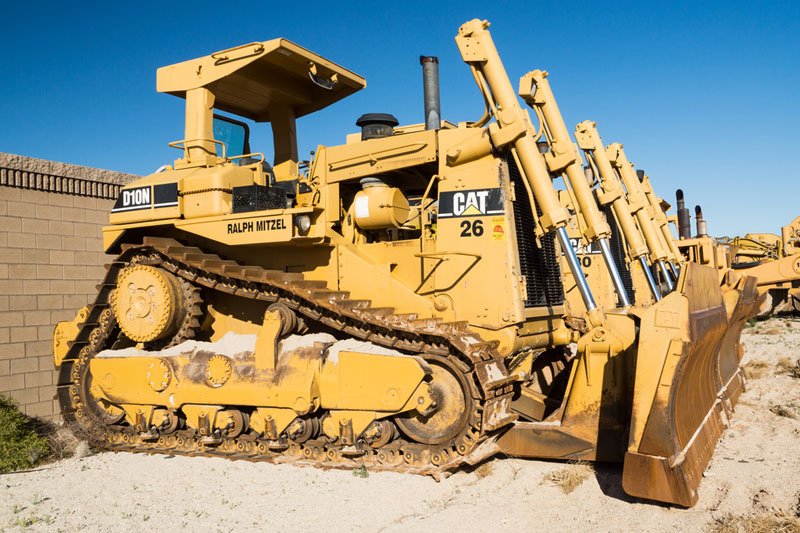* Business investment -0.2 pct vs +0.9 pct consensus
* Spending on equipment, plant, machinery +2.2 pct
* Higher plant, machinery spending likely added to Q4 GDP
* A$ falls over 25 pips on weak headline number (Updates with analyst comments, bullet points, A$ reaction)
By Wayne Cole and Swati Pandey
SYDNEY, March 1 (Reuters) - Australian business investmentunexpectedly slipped last quarter as miners spent less onbuildings, yet other sectors splashed out more on plant andmachinery in a positive sign for economic growth.
Investment dipped 0.2 percent on a seasonally adjusted basisin the December quarter to A$29.6 billion ($22.91 billion), datafrom the Australian Bureau of Statistics (ABS) showed onThursday.
That undershot forecasts for a 0.9 percent gain, though onlybecause investment in the previous quarter was revised sharplyhigher to show an increase of 1.9 percent.
The disappointing headline number sent the Australian dollar AUD=D4 falling more than a quarter of a U.S. cent to a 2 monthtrough of $0.7712, although economists saw reasons to cheer.
"There is some good news underneath the headline," saidSarah Hunter, head of Macroeconomics at BIS Oxford Economics.
Spending on equipment, plant and machinery climbed 2.2percent and should have added moderately to economic growth inthe fourth quarter.
Figures due next week are likely to show Australia's A$1.7trillion gross domestic product (GDP) expanded by anywhere from0.5 percent to 0.8 percent in the quarter.
The increase in manufacturing and other industries capex "isreassuring as the non-mining sector will be the driver ofprivate sector investment going forward," she added.
"The data has largely confirmed the business confidencesurveys, which have sat in positive territory for over a yearnow."
HIGHER SPENDING
Firms also raised their spending plans for this year andbeyond. The latest estimate for investment in the year to Junecame in at A$114.6 billion, topping most analysts' forecasts ofA$112 billion.
The first, and very early, estimate for 2018/19 was forspending of A$84 billion and these plans tend to be revised upsteadily over time.
"The key point remains that investment is no longer theAchilles' heel of the economy as firms are starting to flextheir spending muscles," said Paul Dales, chief economist atCapital Economics.
"Despite the small disappointment, it is becoming clearerand clearer that investment will increasingly support GDPgrowth."
The Reserve Bank of Australia (RBA) has been soundingmarkedly more optimistic on investment thanks in large part tobooming public spending on infrastructure, where the pipeline ofwork is at its highest level as a share of GDP in severaldecades.
Mining investment also looked to have stabilised afterseveral years of steep decline, and other industries werefinally taking up the slack.
Leading the pack was the IT sector, with plans for a 40percent expansion in spending in the year to June, followed byutilities, professional services and construction.
Commercial property has been undergoing something of arenaissance, with tourism and student accommodation particularlystrong, thanks to a big influx of Chinese visitors.
"The key question for the broader outlook is whether thisoptimism and spending spills over to wages growth, householdincome and consumer spending – this will be crucial to liftingGDP growth significantly above its current pace," Hunter said. ($1 = 1.2918 Australian dollars)
